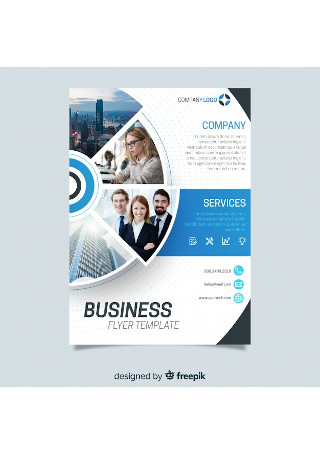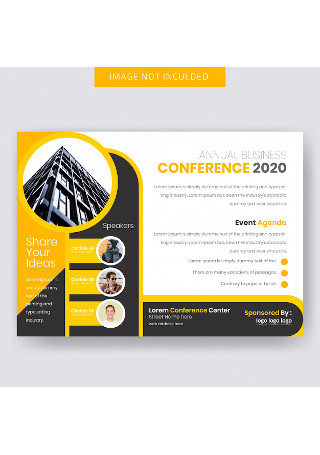Business marketing will require you to exert your efforts and use your time efficiently so you can produce and implement plans of action that can be useful for the…
continue reading
19+Sample Flyers
Browse through these samples to see how flyers are designed for different intentions.
-
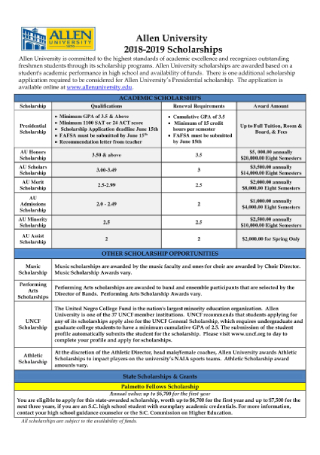
Academic Scholarship Flyer
Create a flyer to discuss the terms and conditions of the institution’s scholarship offers.
-

Bake Sale Flyer
Invite members of your community to your bake sale with the help of an eye-catching flyer.
-

Car Wash Flyer
Drive traffic to your car wash by advertising your services through a flyer.
-

Concert Flyer
Attract attendees to your concert event using a detailed flyer.
-
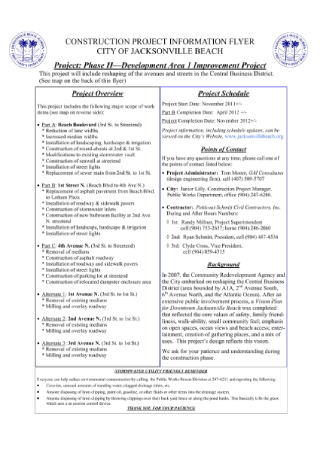
Construction Program Information Flyer
Talk about an upcoming construction program by using a flyer to alert the public.
-
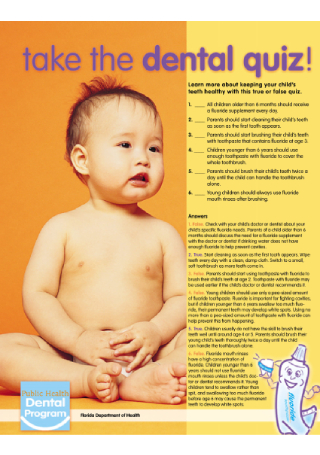
Dental Care Flyer
Use a flyer to endorse proper dental care for people to stay informed.
-
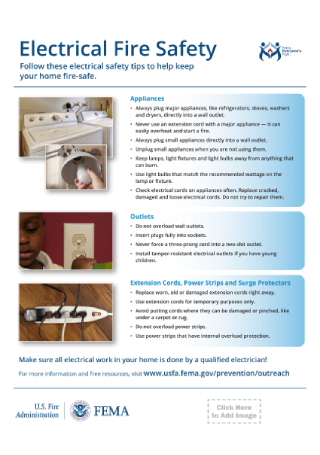
Electrical Fire Safety Flyer
Help keep your community fire-safe by handing out informative campaign flyers.
-

Fitness Flyer
Educate the public on the principles of fitness with the help of a flyer.
-

Fit Rewards Flyer
Encourage health and wellness by offering incentives to those who respond to your flyer.
-
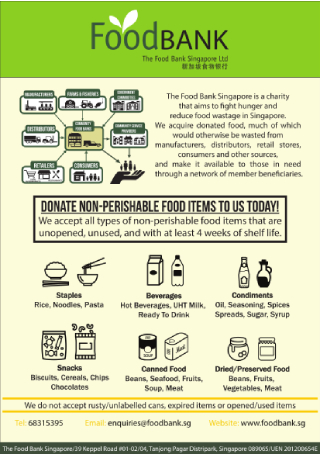
Food Drive Flyer
Design a flyer to help raise awareness and donations for your charity campaign.
-
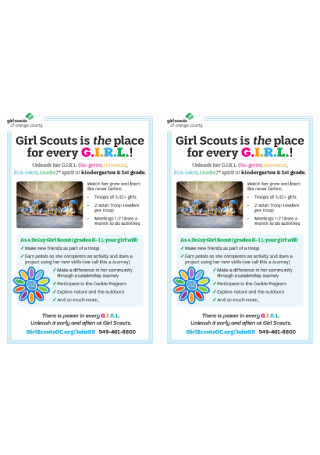
Girl Scout Recruitment Flyer
Gain more recruits for your club through a persuasive flyer design.
-

Housing Rehabilitation Program Flyer
Tell people about your housing rehab services with the use of a flyer.
-
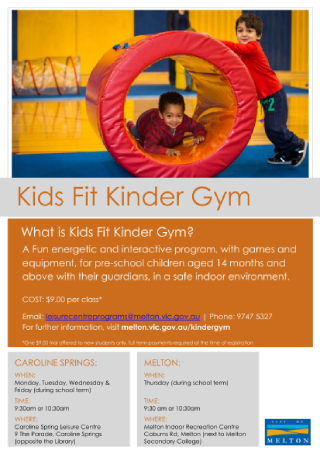
Kids Gym Flyer
Organize a fun, interactive program for children and use a flyer to advertise it.
-
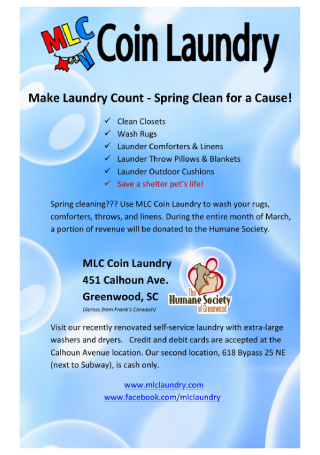
Laundry Flyer
Market your laundry services to those who might need it using a promotional flyer.
-
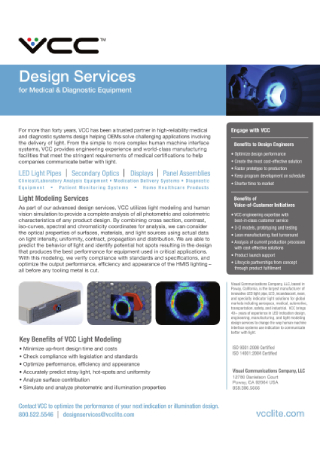
Medical Services Flyer
Tackle the benefits of your medical services by using a flyer as your platform.
-

Open House Flyer
Ensure a good turnout at your open house event with the help of a flyer.
-
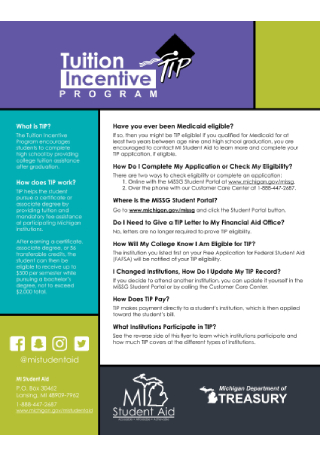
Program Flyer
Let people know about your incentive program by boosting awareness with a flyer.
-
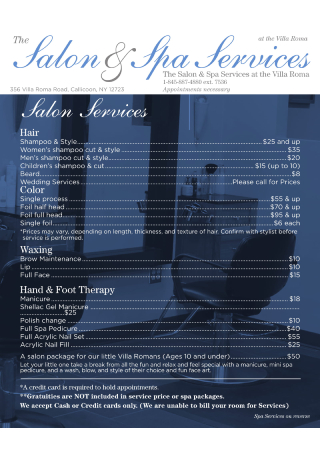
Salon and Spa Services Flyer
Use a flyer to communicate the price list of your salon and spa services.
-
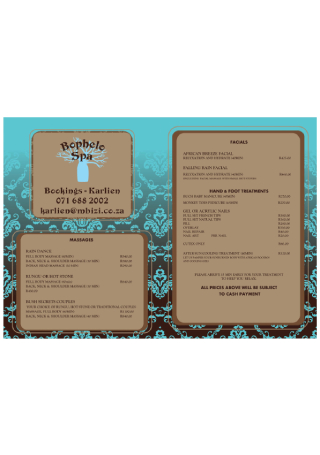
Spa Flyer
Entice clients through a creative and informative flyer design.
-
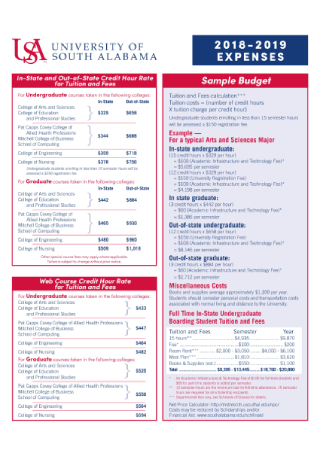
University Expense Flyer
Deliver important information to students with the help of this sample.
Types of Flyers
Print marketing is one of the many marketing mediums that businesses use to boost their client base, make special announcements, and essentially promote anything that they have in store for their general market. However, not a lot of people seem to realize how each type of flyer is designed for a specific purpose. While creating an attractive flyer maybe a graphic designer’s line of expertise, choosing the right kind of flyer to print for your brand is solely up to you.
According to Format and Layout
The following types of flyers are categorized based on the size of their layout.
According to Their Intended Usage
Below are the types of flyers classified according to the purpose intended by the company or brand producing it.
Why Flyer Distribution Is Still Effective?
Flyer distribution is one of the oldest marketing methods to ever exist. Despite the innovations of the digital age, flyers have managed to withstand the test of time as an effective promotional tool for any type of business. Good flyer designs have the power to generate a desire among buyers to purchase a product or service through a strategic mix of text and graphic elements. Its low advertising expense, speedy lead generation, immediate response, and targeted essence are just some of the reasons why flyer distribution continues to be a preferable marketing option in the industry.
